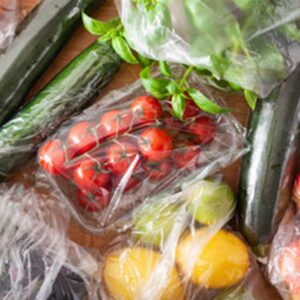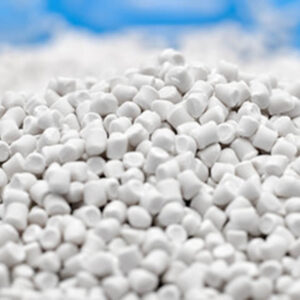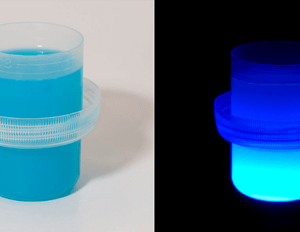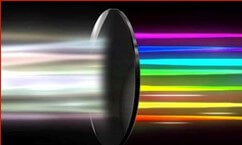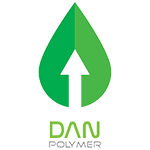If you want to buy antiblock masterbatch, you can contact our sales experts at Dan Polymer to inquire about the daily price and buy antiblock masterbatch.
Anti-Block Masterbatch
Antiblock Masterbatch takes measures to minimize adhesion of adjacent polymer layers to each other.
Different strategies are used to achieve anti-blocking, i.e., increasing the roughness to reduce the contact area between the layers by adding inorganic particles to the polymer or using slip additives that allow the sheets to slide easily over each other by organic molecules dispersed on the surface.
Here we summarize the mechanisms of antiblocking and list the results of this topic with an emphasis on antiblocking mineral additives
Polyolefin films, mostly linear light polyethylene (LLDPE) and polypropylene (PP) tend to stick together due to strong van der Waals interactions or electrostatic charges when in close contact (adjacent layers).
The higher the temperature, pressure and contact/processing time, the greater the tendency to stick together. In addition, low molecular weight polymers (oligomers) may migrate from the bulk to the surface and be added as binders.
The most effective way to solve this problem is to add masterbatch antiblock. The antiblock powder in the resin is microscopically extruded from the film surface, which creates a thin layer that helps reduce contact with the film surface and increases the gap between the two layers.

Test Method
ASTM D3354 is the standard test method for testing interlayers of plastic film. With this method, film-to-film adhesion is expressed as the load (in grams) required to separate two layers of polyethylene film.
Friction coefficient is an important parameter to describe anti-blocking and sliding factors. The coefficient of friction can be measured on a film or sheet sample as it slides over itself or over another material. Friction coefficients are related to the sliding properties of plastic layers, which are of great interest in packaging applications.
Anti-Blocking agents are solid particles and can be classified as follows:
- Source: natural and synthetic
- Type: organic and inorganic
- Shape and size: regular and spherical
Choosing the type of anti-blocking masterbatch depends on the properties of the required film, the applications and the polymer used.
Advantages of using Antiblock Masterbatch:
- Facilitates dissolution.
- Adjusts slip and anti-static properties.
- Reduces friction between films.
- Increasing the output of packaging lines.

